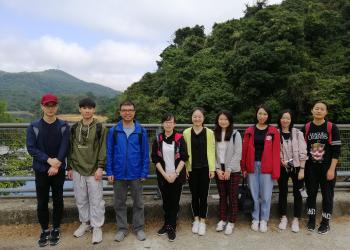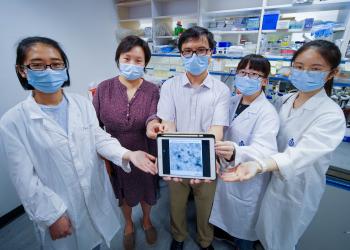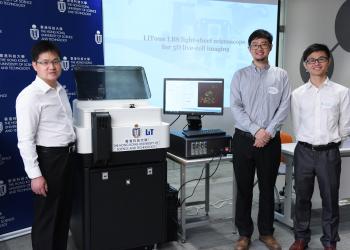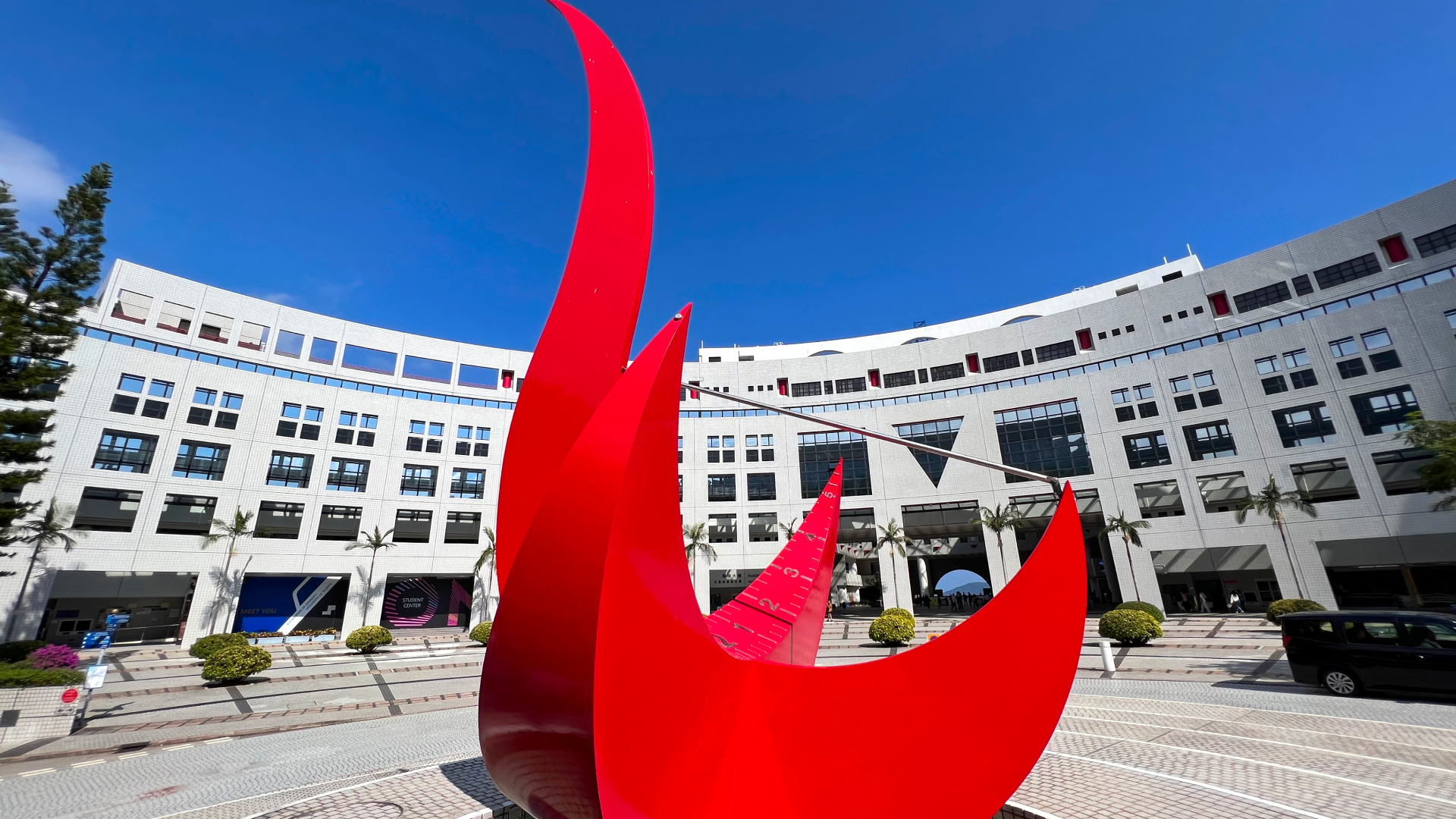News & Stories
2024
News
HKUST Researchers Uncover Mechanism for Short-distance Vesicle Movements
Researchers at the Hong Kong University of Science and Technology (HKUST) have thrown new light on the mechanism for how vesicles move short distances within specific parts of the cell, an area not understood by scientists.
Vesicles are small cellular containers that perform a variety of functions, including helping to move materials, such as proteins, lipids, and other cellular components, that an organism needs to survive and recycle waste materials.
Besides using molecular motors for long-distance transport, cells also need to move vesicles short distances within specific parts of the cell. But the exact mechanisms for this short-distance transport remain a topic of research among scientists.
2021

News
HKUST and PolyU researchers develop an in-vitro vesicle formation assay to reveal mechanistic insights into the secretory pathway
Scientists from The Hong Kong University of Science and Technology (HKUST) and The Hong Kong Polytechnic University (PolyU) have developed an in-vitro vesicle formation assay, shedding light on cargo clients and factors that mediate vesicular trafficking and providing a robust tool to offer novel insights into the secretory pathway.
2020

News
Researchers Uncover Novel Molecular Mechanism
Researchers from the Hong Kong University of Science and Technology (HKUST) discovered a novel molecular mechanism that controls the delivery of a key protein in planar cell polarity (PCP) – an important process in our body that regulates cell growth and cell movement, providing useful guidance on the development of new drugs for cancer treatment.
PCP is a biological process critical for tissue development and organ function. Defects in PCP could lead to illnesses such as neurological disorder, skeletal abnormalities or congenital heart disease. Even worse, cancer cells can hijack PCP to promote their own growth and expansion.
2019
News
HKUST Researchers Discover New Virus Traits That May Help Fight Global Warming and Develop Anti-virus Drug
Oxygen levels in the ocean have depleted over the past few decades1 due to global warming and emissions of greenhouse gas, causing pollution and disrupting our ecosystem. In efforts to curb the trend, researchers from the Hong Kong University of Science and Technology (HKUST) discovered a mechanism that may eventually help an eco-friendly aquatic bacterium clean up more carbon dioxide in the ocean and produce more marine oxygen. Like trees on land, cyanobacteria, or what commonly known as blue-green algae, perform photosynthesis in the ocean. They provide oxygen for marine life and absorb over 20% of the world’s total carbon emission. However, natural predation and virus infection kill nearly half of the world’s cyanobacteria on a daily basis. A virus called cyanophage alone, wipes out one fifth of the total cyanobacterial population every day.
2017

News
HKUST Discovers New Technology to Capture Live Cell Images Opening New Possibilities to the Study of Cell Biology
Researchers at The Hong Kong University of Science and Technology (HKUST) have developed a new generation of microscope, which not only could capture 3D live cell videos, but the resulted images are also of much higher quality, greatly enhancing the accuracy and the scope of research on cell biology.
While an existing confocal microscope can also capture 3D bio-images, the laser light hitting on the sample is typically one million times that of summer sunlight, such intense light exposure inevitably disrupts cell activities and eventually kills the cell, posing limits to the study of cell biology.
2016

News
Nobel Laureate in Physiology or Medicine Dr Randy Schekman Explains Secretion of Large Particles and miRNA at HKUST 25th Anniversary Distinguished Speakers Series
The Hong Kong University of Science and Technology (HKUST) hosted the 25th Anniversary Distinguished Speakers Series on 27 May, featuring Dr Randy Schekman, Nobel Laureate in Physiology or Medicine 2013. The event was well received by students, faculty members and guests from HKUST.
In the first part of his talk titled “Secretion of Large Particles and miRNA”, Dr Schekman described a recent discovery that provides insights into how a large-sized protein, procollagen, is packaged into COPII vesicles, which is an essential step for secretion of procollagen. Dr Schekman shared with the audience his findings that ubiquitylation of the cage forming subunit of COPII, Sec31, promotes the formation of large COPII structures that speed the transfer of procollagen out of the endoplasmic reticulum (ER).
2014

News
HKUST-Scripps Scientists Discover Metamorphosed Protein-Building Enzymes as New Protein Therapeutics
A team led by scientists at the Hong Kong University of Science & Technology Jockey Club Institute for Advanced Study and The Scripps Research Institute (TSRI) R&D Laboratory (IAS HKUST-Scripps R&D Laboratory) and aTyr Pharma has found that ancient enzymes, known for their fundamental role in translating genetic information into proteins, evolved myriad other functions in humans. The surprising discovery of 250 new proteins with previously unidentified activities spanning from stem cell biology to immunology highlights an intriguing oddity of protein evolution as well as a potentially valuable new class of therapeutic proteins. These findings appear in the July 18, 2014 issue of Science.






